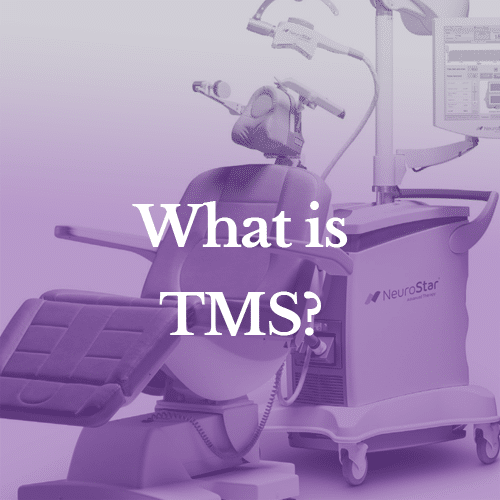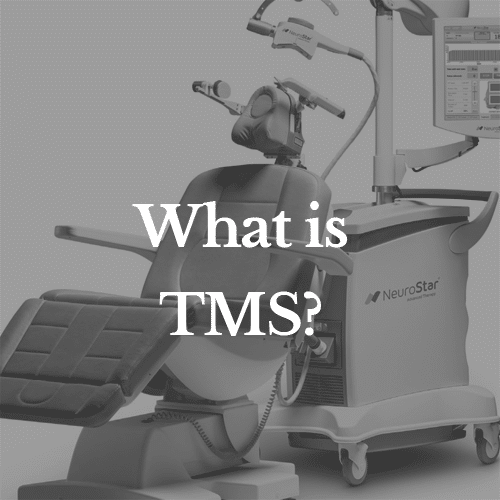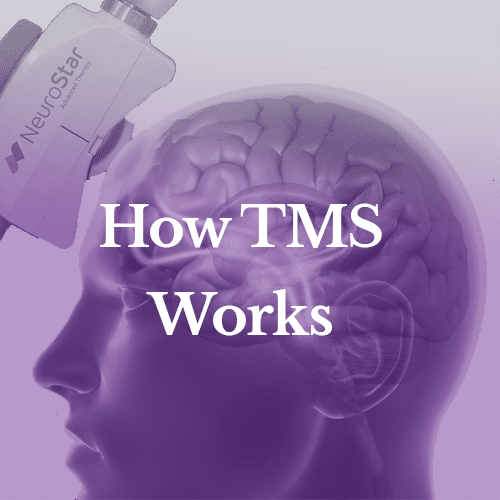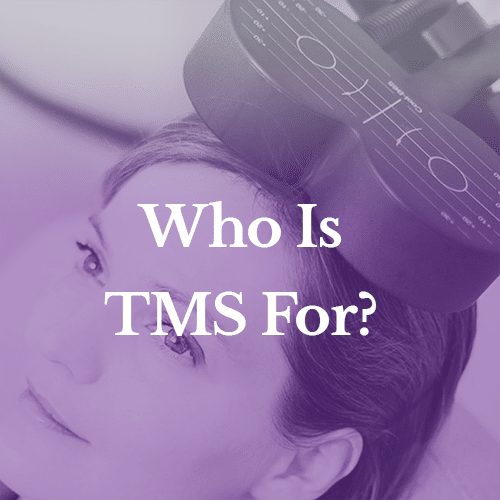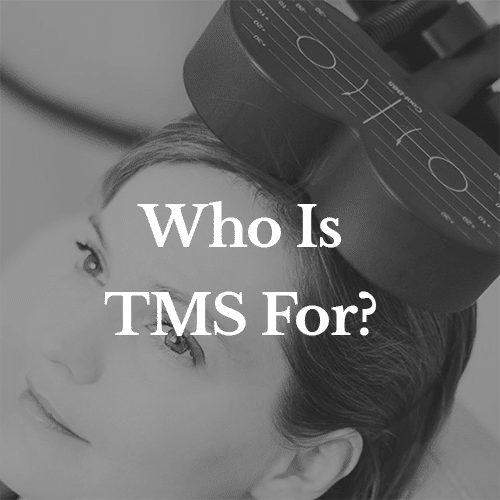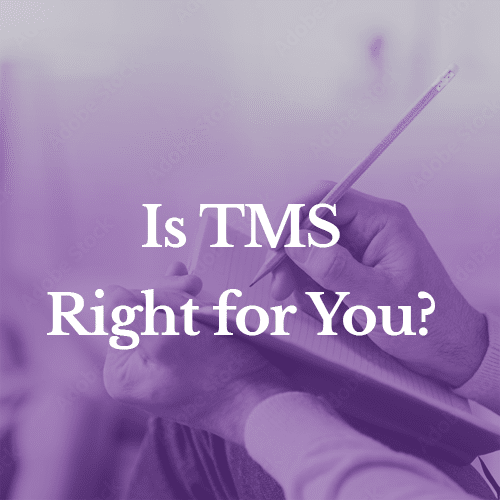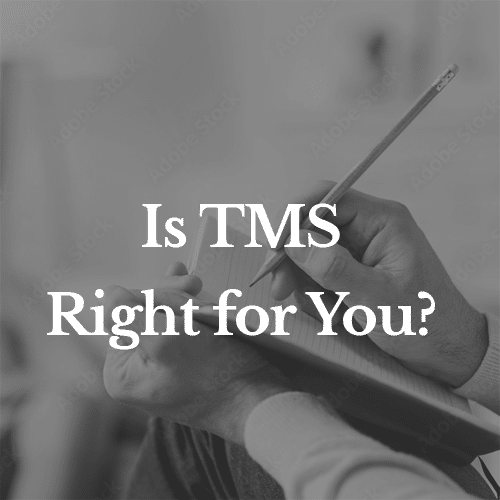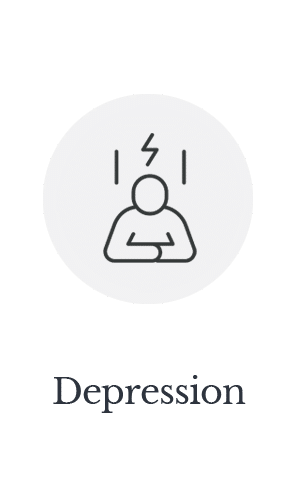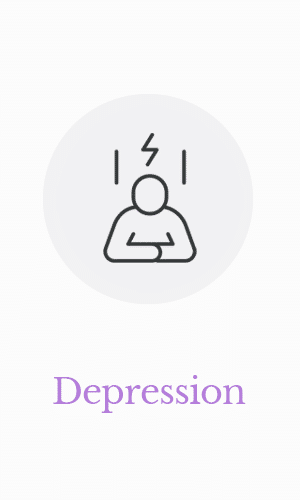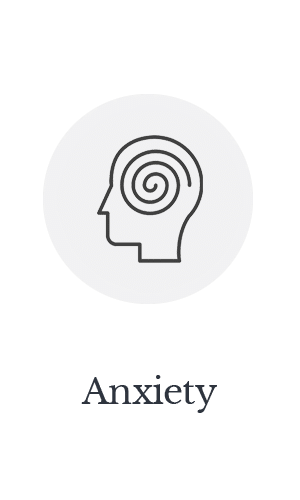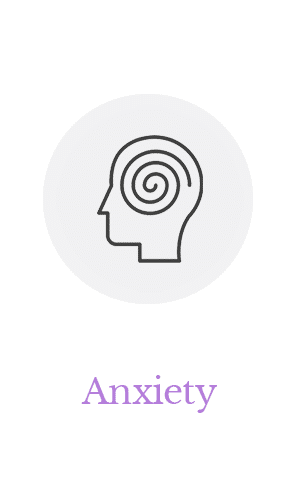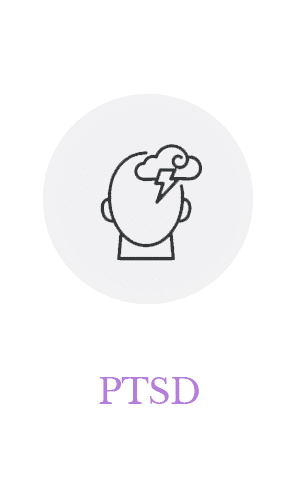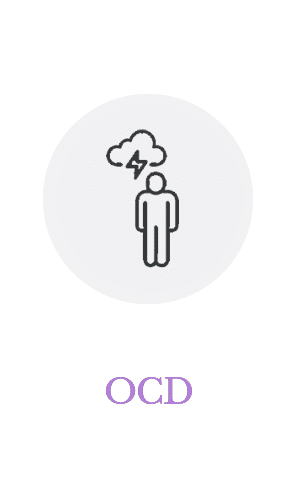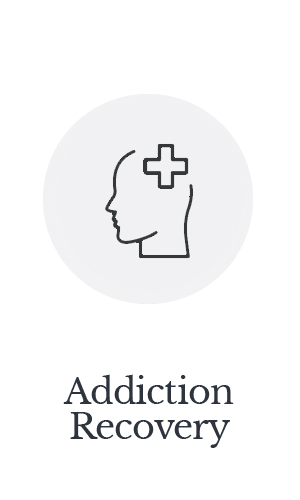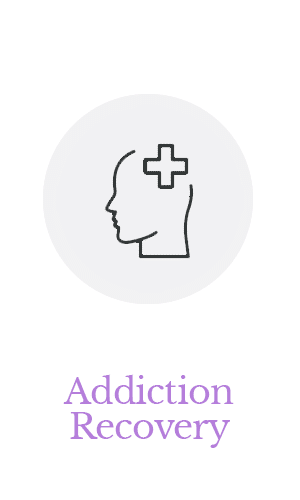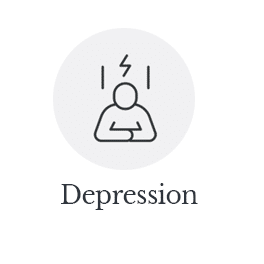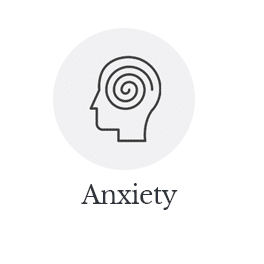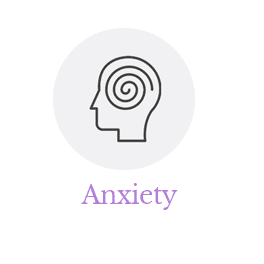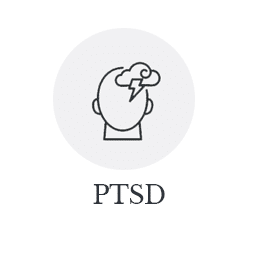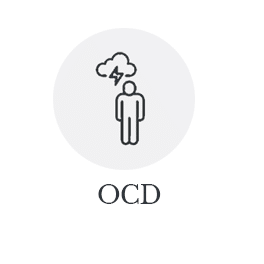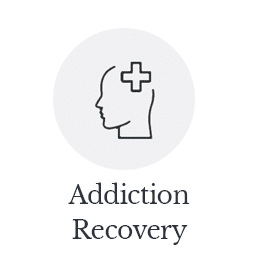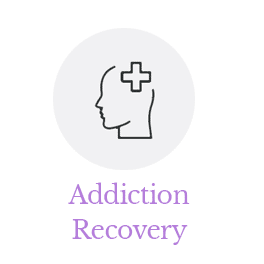Battling treatment-resistant depression is a struggle. Optimistically trying new treatment options, only to have them fail, is exhausting. The fact that depression is a complex mental health disorder with varying roots causes compounds difficulty treating it.
The origins of depressive disorder are not well understood. There is a myriad of medications and psychotherapies used to treat depression. Although, the efficacy of these methods is not always ideal.
Antidepressant medications like serotonin reuptake inhibitors (SSRI) and serotonin and norepinephrine reuptake inhibitors (SNRI) only work for 40 to 60% of the people that take them. So for those that have antidepressant-resistant depression, it is an exacting task to figure out where to turn next.
Fortunately, a new depression treatment called transcranial magnetic stimulation (TMS) yields long-term positive benefits in those suffering from treatment-resistant depression.
So what is TMS? How does it work? And do the effects of TMS last?
What is TMS?
TMS therapy is a relatively new depression treatment, cleared by the Food and Drug Administration (FDA) over a decade ago. Following FDA approval, studies showed that TMS is not only safe but that it is an effective remedy for treatment-resistant depression.
Transcranial magnetic stimulation is a neuronal stimulation treatment which reinvigorates brain cell function. The process of TMS therapy involves the use of magnetic fields directed to precise regions of the brain.
Most depression patients have areas of the brain that are lower functioning, causing depressive tendencies. TMS stimulates under-active areas of the brain in order to reinvigorate functions by regulating the brain’s neurotransmitters.
Stimulating neurotransmitter levels can ideally lead to improved brain function. The result of this can be a drastic decrease in depressive symptoms, opening the door of possibility for long-term remission. During this process, patients are conscious throughout the session, and there are no lingering side effects.
Things to note about the TMS treatment procedure are:
- It is a non-invasive procedure
- Completely safe magnetic pulses deliver stimulus to specific areas of the brain
- Each session lasts 19 to 37 minutes, five days a week over a four to six week period
- Most commercial insurance plans cover TMS therapy
- Common side-effects are mild to moderate headaches and scalp discomfort
- TMS is possible in conjunction with antidepressants
Why Does TMS Work?
TMS is a treatment that fights depression systemically rather than chemically. Unfortunately, unique genetic variations can hamper the effectiveness of medications. However, these genetic differences cause antidepressants to be ineffectual or generate unpleasant side effects.
This contrast leads researchers to believe that TMS can potentially be more effective at treating depression — as treatments can be uniquely tailored to the individual via EEG brain mapping.
The Positive Effects of TMS
The effects of TMS occur gradually at small-scale, slowly altering behaviors and thoughts after each treatment session. TMS enacts positive changes by essentially resetting malfunctioning parts of the brain.
The magnetic fields used in TMS therapy are similar to that of an MRI machine. Completely safe, these magnetic pulses stimulate the mood centers of the brain. This stimulus facilitates less depressive thoughts and behaviors.
An important region of the brain related to mood and depressive symptoms is the prefrontal cortex. People with depression display abnormally low activity in their prefrontal cortex — and more specifically it’s lateral, orbitofrontal, and ventromedial regions.
Stimulation of these regions using magnetic fields produced by TMS therapy can reinvigorate them and greatly reduce symptoms of depression. After roughly six weeks of repeated TMS sessions, these areas grow stronger and gain their normal function back.
After TMS treatments, many patients report that they are sleeping better, finding it easier to get up in the morning, and making happier, anxiety-free conscious decisions.
Patients also reported they have more self-confidence, less social anxiety, and are keen to begin work.
How Long Do Treatment Effects Last?
The effects of treatment typically begin to manifest after the second week of therapy, and there is no concrete answer for how long these effects will last. Each patient is different, and the time it takes for TMS benefits to fade varies for each person. The complex nature of depression also makes it difficult to predict how long TMS therapy effects will last for an individual.
Keep in mind that all patients are different. Those who continue to actively work on themselves and practice healthy thoughts and behaviors strongly tend to stay in remission longer than those who do not.
Typically, a treatment plan lasting four to six weeks is enough to cause a six-month or longer remission of depression in most individuals. Throughout the remission phase, patients may undertake infrequent maintenance sessions to keep depressive thoughts and behaviors in check. After the initial four to the six-week treatment plan, some patients may benefit from receiving treatment at least once a month.
Most patients return to maintenance therapy after the initial remission phase of six to twelve months. Some patients may need to return to maintenance therapy sooner or later than others.
Upon returning to maintenance, therapy is usually half as many sessions as in the initial maintenance phase. For example, if the patient received twenty sessions in the first two weeks of the initial maintenance phase. Then, they would receive ten sessions of therapy in the second maintenance phase.
Who Should Avoid TMS Treatment?
Individuals that fall into any of the following categories should not pursue TMS:
- Patients with permanent metal fixtures like stents, deep brain stimulators, aneurysm clips or coils, cochlear implants, or metal plates should avoid TMS (Individuals with braces or dental filling can receive TMS treatment)
- Individuals with a history of seizures or epilepsy
- Individuals prescribed stimulants
- Individuals with a medical condition that increases the risk of seizures and convulsions
Start Treatment Today
Transcranial magnetic stimulation is an effective treatment option for individuals with treatment-resistant depression. By stimulating inactive areas of the brain with magnetic pulses, TMS resets depression symptoms and thoughts. This reset can lead to long periods of remission with minimal maintenance.
TMS is a safe, FDA-cleared, and non-invasive procedure that offers hope to those who have tried antidepressants to disappointing results. The effects of TMS last six to twelve months after an initial treatment period of four to six weeks. Patients report that therapy improves various aspects of their lives. These improvements include better quality of sleep, increased patience, decreased anxiety, and higher motivation levels.
TMS is providing new hope for those that are struggling with treatment-resistant depression.
For those ready to defeat their depression and start your pursuit of happiness, consider talking to a doctor to decide if TMS is right for you. For a consultation with one of our doctors at Inland Empire TMS, call (844) 994-3867.

